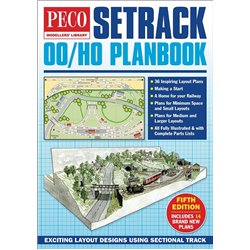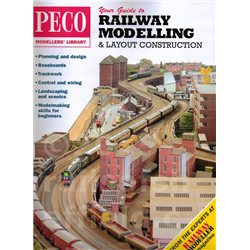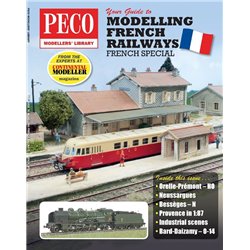Static grass puffer bottles work by manually charging model grass fibres with static electricity. When the charged...
No products
Product successfully added to your shopping cart
There are 0 items in your cart. There is 1 item in your cart.
Search Tips
Can model railways be used in the study of transportation logistics?
Model railways have long been used as a tool for studying and understanding the complex systems and networks involved in transportation logistics and supply chain management. Through the use of miniature trains and track layouts, researchers and professionals in the field can simulate and analyze the movement of goods and materials from one location to another, allowing for a better understanding of the factors that influence the efficiency and performance of transportation systems.
One of the key advantages of using model railways for studying transportation logistics is the ability to create realistic and accurate representations of real-world systems. By using a scale model of a transportation network, researchers can carefully control and manipulate the various factors that affect the movement of goods, such as the size and type of vehicles, the layout of the track, and the location of warehouses and other facilities. This allows for a more in-depth and comprehensive analysis of the system as a whole, providing valuable insights and information that can be used to improve the efficiency and effectiveness of transportation logistics.
In addition to providing a useful tool for studying transportation logistics, model railways can also be used to demonstrate and teach complex concepts and principles to students and professionals in the field. Through the use of interactive and engaging displays and demonstrations, model railways can provide a visual and hands-on way of learning about the various components and processes involved in transportation logistics and supply chain management. This can help to improve understanding and retention of important information, making model railways an effective educational tool for those interested in the field.
Overall, the use of model railways in the study of transportation logistics and supply chain management has proven to be a valuable and effective tool for researchers and professionals in the field. By providing a realistic and accurate representation of real-world systems, model railways allow for a more in-depth and comprehensive analysis of transportation networks, providing valuable insights and information that can be used to improve the efficiency and performance of transportation systems. As such, model railways continue to play a vital role in the study and understanding of transportation logistics and supply chain management.
Click here to receive the tips weekly in your mailbox. You can unsubscribe at any time.










